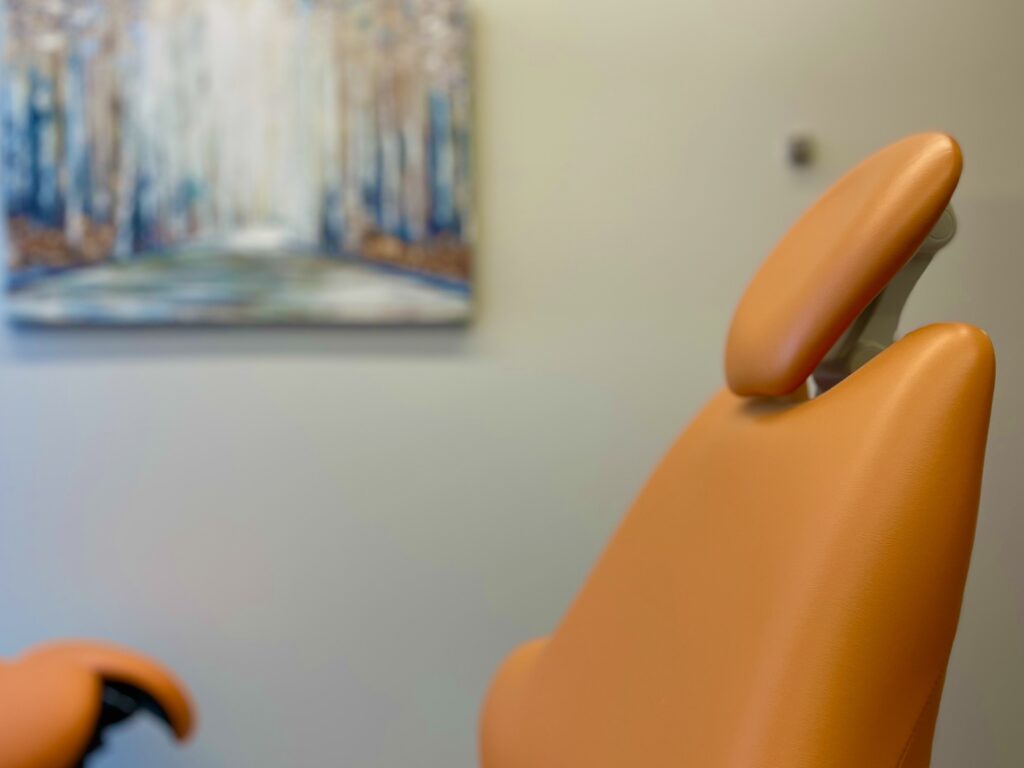Services
Love Dental specializes in restorative and preventative treatments. We believe that the best care for your teeth is early prevention. We love to educate our patients on how to take care of their teeth, all without any judgement.
Your First Visit to Love Dental
Are you a little worried about coming to visit us here at Love Dental? Well here is a quick summary of how it will go. Upon entering Love Dental, you will be greeted by our front desk, who will help you help you get everything you need to be ready for your visit with Dr. Aaron. After all that is done, Dr. Aaron will listen about what you want to accomplish with your smile, discussing your goals and concerns. Then, all the necessary x-rays will be taken to help you and us achieve your smile! Here at Love Dental we strongly believe in giving our patients choices. Whether those choices are impacted by esthetics, insurance and finances, or time frame, we will work with you to make your dream smile something to be proud of!

Cleanings
You know the drill, brush twice a day for two minutes, and floss militantly. However, we all get busy and may not do the best job cleaning every day. That’s why routine cleanings every 6 months are recommended. We want to help you maintain healthy gums by cleaning your teeth professionally and monitoring for signs of gum disease to prevent permanent damage.
Deep Cleanings
If gum disease progresses, also know as periodontal disease, permanent damage has already occurred as the bone level drops to escape irritants like bacteria. When this occurs, we need to do a deep cleaning to clear bacteria and irritants from the gums. After this is done, we schedule cleanings every 3 months in order to maintain the gum disease at its current stage, and prevent further damage.
Fillings
The news we all dread at the dentist, “You have a cavity.” A cavity happens when bacteria break through your enamel and get into the softer part of the tooth, known as the dentin. When cavities are small, we treat them with fillings. Fillings are tooth colored materials that replace tooth structure that was damaged by the cavity, and keep you smiling bright for many years.
Crowns
When teeth are damaged by large cavities or cracks, often times there is not enough tooth structure left for a regular filling. In these cases, the remaining tooth structure is reduced in order to make space for a crown, or cap, that covers the entire tooth in order to protect it from further damage. Crowns are also necessary after a root canal as the tooth is more likely to fracture.
Root Canals
A root canal is necessary when cavities expand to the living part of the tooth, known as the pulp. This leads to an infection that kills the tooth and causes pain and swelling. Without treatment, a life threatening infection may occur. An endodontist, or root canal specialist, will clear the infection from the tooth. After the root canal, the tooth will need a crown to prevent fractures.
Extractions
Sometimes a tooth may suffer irreparable damage and cannot be saved. In these cases, an oral surgeon will extract the tooth to prevent infection or damage to nearby teeth.
Implant Restorations
When a tooth is missing, it can be difficult to eat properly and may be an esthetic concern. In these cases, an implant is a great treatment option, as it closely simulates a natural tooth. A periodontist or oral surgeon will place an implant in the jaw bone, and allow it to heal for 4-6 months. After the implant has healed, a crown can be placed on top.
Bridges
Bridges are a good option when a tooth is lost and the teeth on each side of the lost tooth need a crown. With a bridge, a false tooth is connected to both crowns and suspended over the site where the extracted tooth once lived.
Partial and Full Dentures
Dentures are an option when teeth are lost, but are a bit like a pair of shoes that just don’t fit right. While dentures can be an economical option to replace missing teeth, they will never feel like natural teeth do. In some cases, a prosthodontist, or prosthetic dentist, may be required to develop a long term plan for missing teeth.
Bite Guards
A lot of us clench and grind our teeth, either from stress or unknown causes. This can be damaging to the jaw joint and may lead to worn down or cracked teeth. To treat clenching and grinding, also known as bruxism, a bite guard is made to allow your teeth to glide smoothly past each other and prevent long term tooth damage.
Aligners
Aligners are a treatment option for straightening teeth. An impression is taken of the teeth, and then movements are calculated. Once those moments are finalized in the simulator, clear trays are made to start moving teeth to the desired position. Sometimes teeth need to be moved further than a clear aligner can achieve, and an orthodontist may have to treat these cases.
Teeth Whitening
You want a brighter smile? Great! An impression of your teeth will be taken and a clear tray will be made. A solution of hydrogen peroxide is placed in the tray and used to whiten your teeth. This can be done at home with a weaker solution, or in-office with a stronger solution. You may have some sensitivity after whitening.
